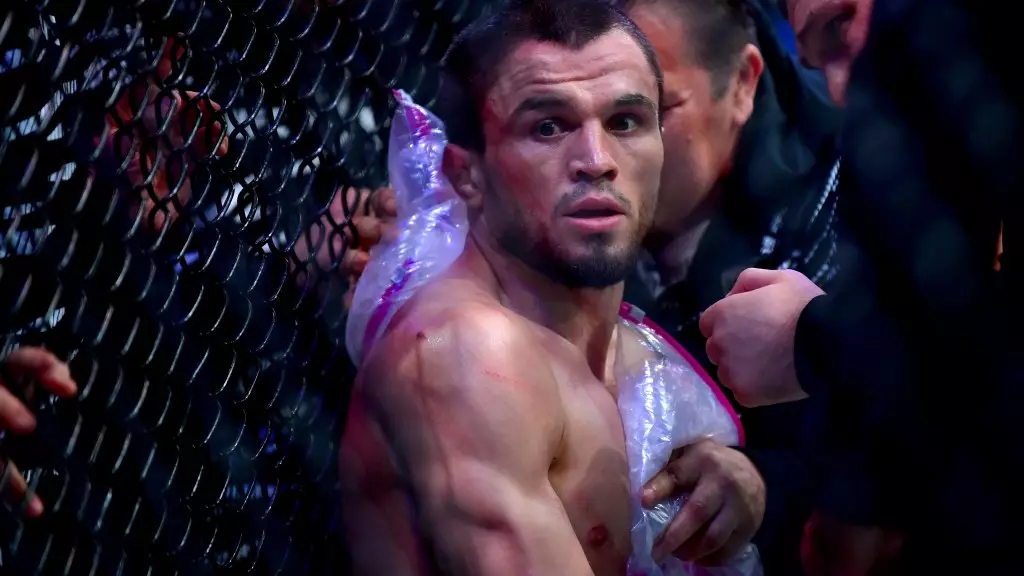Mixed martial arts (MMA) is often praised for its display of raw strength, technique, and the psychological tenacity of its fighters. However, the true nature of combat sports is filled with underlying difficulties, injuries, and the often uncommunicated struggles that can significantly affect a fighter’s performance. A revealing incident during UFC 311, involving Umar Nurmagomedov and his corner, exemplifies this reality. As mentioned by Javier Mendez, Nurmagomedov fought with a broken hand yet concealed this critical injury from his team. This decision ultimately influenced the fight’s outcome and raises questions about the nature of communication and strategy in high-stakes competition.
A Fighter’s Code: To Suffer in Silence
Nurmagomedov’s choice to withhold information about his injury underscores a warrior’s mentality deeply ingrained in combat sports culture. The desire to showcase resilience often leads athletes to downplay or ignore injuries, believing that confiding in their teams would reflect weakness or disrupt their game plan. For Nurmagomedov, breaking his hand during the first round against bantamweight champion Merab Dvalishvili presented not just physical pain, but also a mental hurdle: the fear of not meeting expectations or letting his team down.
Mendez expressed disbelief at Nurmagomedov’s grappling strategy in the latter rounds, noting that had they known about the broken hand, they could have adjusted their strategy accordingly. This instance paints a vivid picture of how crucial effective communication is in MMA, influencing both the tactical approach and the psychological state of a fighter during critical moments.
The Ripple Effect of Concealed Injuries
The ramifications of one fighter’s choice to hide an injury extend beyond the individual bout. For Nurmagomedov (now 18-1 MMA, 6-1 UFC), this decision arguably contributed to losing the unanimous decision against Dvalishvili, who won the judges’ favor after a strong performance despite also battling his own adversities. On his end, Dvalishvili faced his challenges leading into the fight, sustaining multiple stitches and dealing with nerve pain. These concurrent experiences remind us that each competition is layered with personal struggles that alter the narratives of victory and defeat.
Had Nurmagomedov communicated his issue, the fight’s trajectory could have been dramatically altered. This scenario introduces a critical conversation regarding athlete welfare and the responsibilities of coaching teams to foster an environment where open dialogue is encouraged. A culture that prioritizes results over safety can lead to potentially disastrous outcomes, not just for fighters’ careers but also for their long-term health.
UFC 311 serves as a poignant reminder that fighters are not merely competitors; they are individuals grappling with physical and emotional challenges hidden beneath the surface. The silence surrounding injuries can have profound implications, as seen in the case of Umar Nurmagomedov. In the intense world of MMA, where stakes are high and pressures immense, encouraging open communication within teams may not only enhance performance but also protect the fighters’ health and longevity in the sport. As fans and analysts marvel at the displays of skill within the octagon, we must acknowledge the unseen struggles that shape the narratives of these formidable athletes.

